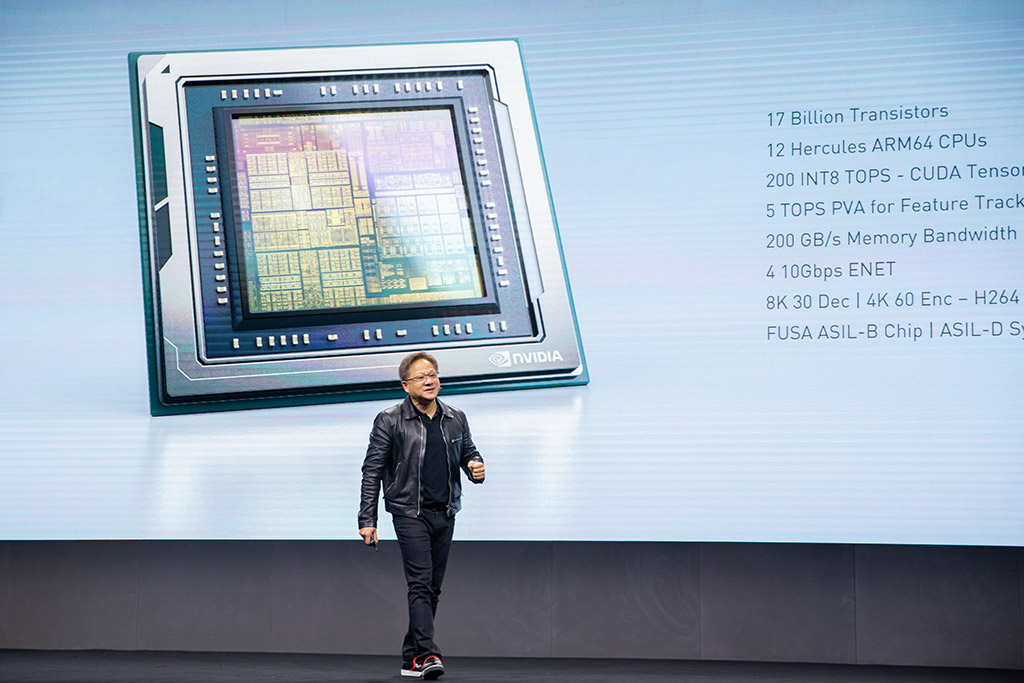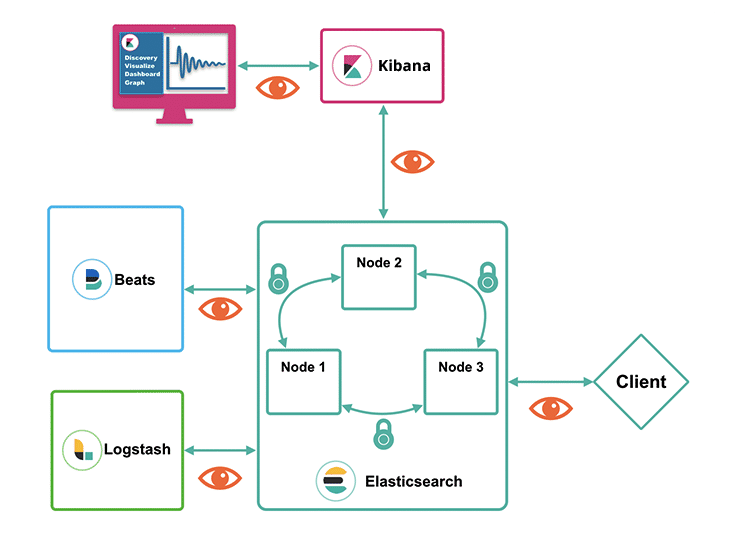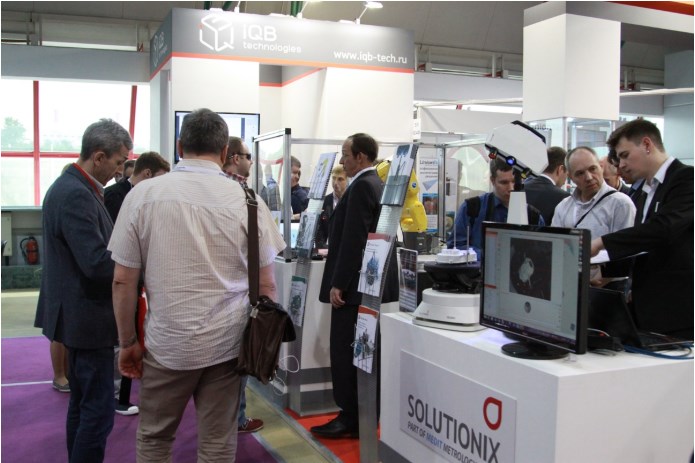Nvidia Orin – a chip for robotic vehicles

It’s no secret that unmanned vehicles require an incredibly high level of computational performance. It seems that the closer engineers come to create vehicles that can work reliably without a human driver, the greater the performance requirements. Nvidia is considered the leader in terms of pure computing power, and their next-generation chip called Orin takes performance to a new level.
Nvidia CEO Jensen Huang introduced Orin during one of his company presentations at a GPU technology conference in China. Orin is the successor to the Xavier chip, which has been widely used in the development of unmanned vehicles over the past two years. The new chip will appear in production in 2020. 
The new system on a chip (system-on-a-chip, SoC) is one of the most complex in the history of production and contains 17 billion transistors. As in the case of Xavier and earlier systems on a chip for unmanned control from Nvidia, Orin combines on a single silicon chip an ARM architecture processor, graphic processing cores, as well as other elements necessary for input-output data at the required speed.

Orin is the first Nvidia-based chip system to use the new ARM Hercules architecture and work in conjunction with the next-generation Nvidia GPU. Given that unmanned vehicles can have dozens of sensors and data streams measured in terabytes per hour, I / O performance can be a bottleneck in such applications. According to Nvidia, the Orin chip can process data at speeds above 200 Gb / s. For comparison: the Tesla Autopilot V2.5 computer, which used the previous generation Nvidia chips, had a speed limit of 2 Gb / s.

Orin will be available in several configurations with different speeds, and Nvidia claims that the maximum versions will be able to handle about 200 trillion operations per second. The system on the Xavier chip worked with 30 trillion operations per second, and the new chips for the Tesla Autopilot V3 – with 36 trillion (two such chips are used in Tesla).

The energy consumption of unmanned vehicles is almost as important as pure performance. Since many of these vehicles will run on electricity, and all sensors on board also require power, operating efficiency is critical to keep driving distance to a minimum. The system on the Xavier chip provides 30 trillion operations per second and consumes about 30 watts. A pair of chips used in Tesla consume about 72 watts. According to Danny Shapiro, senior Nvidia automotive director, Orin should deliver four times the best performance per watt ratio than the Xavier (between 60 and 70 watts per 200 trillion operations per second).
Orin should be in mass production in about two years, and samples for testing will be released a little earlier.
As with other Nvidia chips, software developed for earlier versions will be directly ported to the Orin platform and, if necessary, customers will be able to use several chips at once. This will easily improve performance over the current Drive AGX Pegasus development platform, which uses two Xavier chips and two GPUs. This should enable Orin chips to run everything from advanced partially automated Level 2 systems to highly automated Level 4 or 5 systems.

We are perhaps the most powerful competence center in Russia for the development of automotive electronics in Russia. Now we are actively growing and we have opened many vacancies (about 30, including in the regions), such as a software engineer, design engineer, lead development engineer (DSP programmer), etc.
We have many interesting challenges from automakers and concerns driving the industry. If you want to grow as a specialist and learn from the best, we will be glad to see you in our team. We are also ready to share expertise, the most important thing that happens in automotive. Ask us any questions, we will answer, we will discuss.
Read more useful articles:
- Cameras or lasers
- Autonomous cars on open source
- McKinsey: Rethinking Software and Electronics Architecture in Automotive
- Another OS war is already under the hood of cars
- Program code in the car
- In a modern car, there are more lines of code than …




